The flat and warm Meseta days were over. We started to realize that they were just a warm-up for the mountain stages ahead. Glad we soaked up as much sun as we could, because from this point on, our daily outlook looked soaked. I often had a feeling that sunny 25 °C at La Meseta were too nice for October. Why? La Meseta is shielded from the North-Atlantic weather by the Cantabrian mountain range, all the way from the north to the west.

The transition to soaking-wet days was smooth, it started with tiny droplets in the air. A foggy morning turned into a rainy day and climbing a hill for the view was no longer rewarding. We had to be really careful not to miss the Camino signs. The villages seemed just as sleepy as us and we could not even find a bakery. Luckily, in one village we noticed a sign inviting pilgrims inside. An old man was really happy to see us. He seemed to be a huge Camino fan – an entire wall was decorated with pictures of him and random pilgrims. He cut me a giant piece of home-baked bread and added some bananas and baked chestnuts.
Aaah… Camino provides, even in covid days.
Apart from this man, we did not meet many locals offering food on the trail. There were two food trucks in the Pyrenees and a very chatty man near Pamplona. We were walking in the middle of a forest and out of nowhere, there was a man with bananas. We heard stories from his childhood as an altar boy and all about his family. All happened while I was eating a banana. This man had his banana pitch finely honed!
For now we were on the way to Astorga. It was raining non-stop for hours and there was no sign of shelter for a lunch break. Suddenly, the outline of a hut emerged from the fog. Two minutes later we were sitting in a little Camino heaven.
A huge tent was protecting us from the weather and there was a wooden stove in the middle!
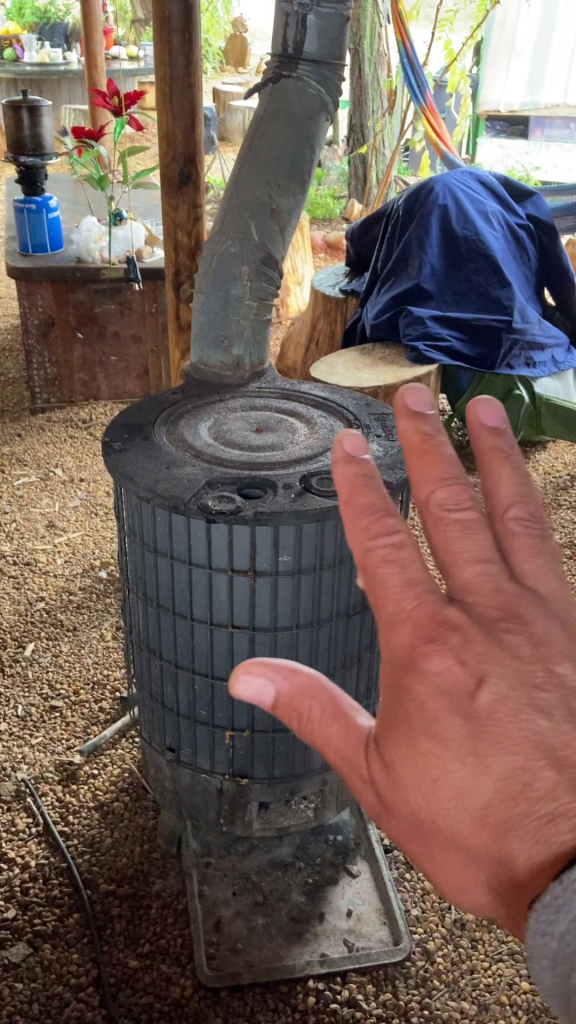
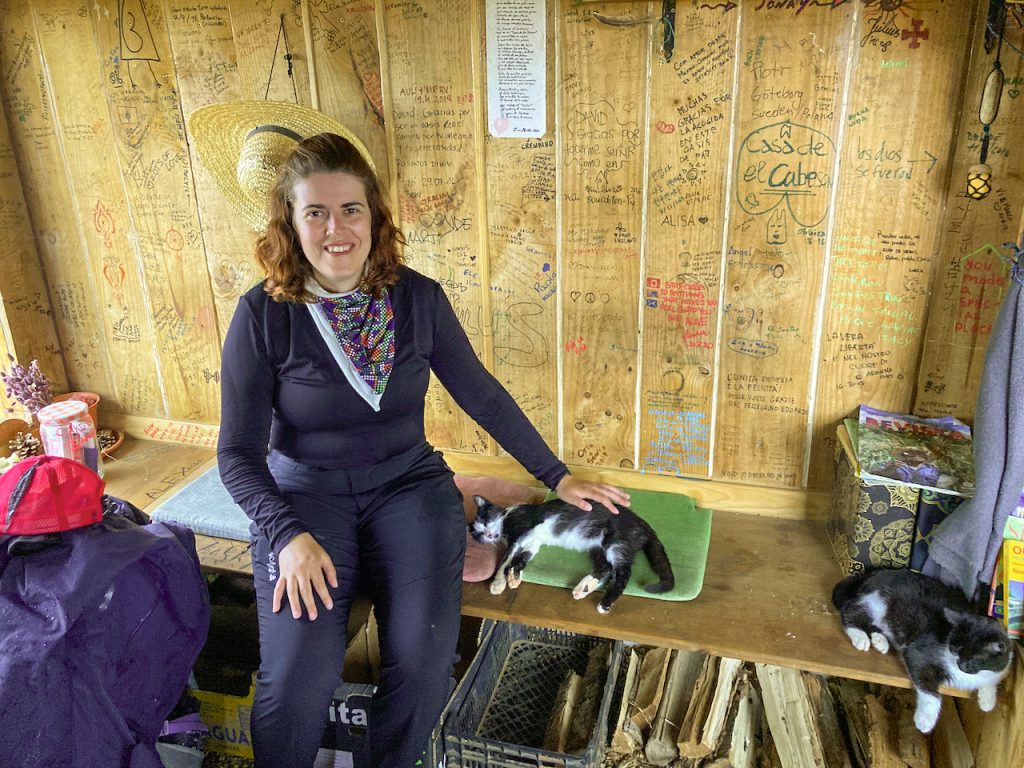
Two lazy kittens were occupying a bench next to the stove. Everything was decorated with hippie fabrics, pillows and random writings on the walls. The owner/inhabitant/host of this place brought us a small gas burner to make tea. Our lunch for the day was bread with chorizo. I had to pin the kittens down while Juan was cutting the chorizo. They must have a luxurious life.
Another group of pilgrims arrived and we sat around the fire with the same glorious facial expressions. We met a Dutch guy, Bert, living in the Dominican republic and his German walking partner. This was the German’s second Camino, but he still hadn’t found what he was looking for. Our rain jackets dried and we forced ourselves to leave the paradise. The town of Astorga was not so far.
Santi, our Camino Papá invited us to eat cocido maragato. It’s a typical dish from this region from its inhabitants called Maragatos. Maragatos used to be a tribe of merchants transporting goods around Spain. Spanish royalty trusted them to transport American gold, as they were known to defend the load with their own life. There are many theories about their name. The simplest one refers to their job – transporting fish from the sea in Galicia “el mar” to Madrid “a los Gatos”. Their most famous dish cocido maragato is a soup made with noodles, chickpeas, cabbage and many types of meat, e.g. blood sausage , chicken, pig ear, rib, snout, and bacon. You always start by eating the meat. Santi promised us to get so full, that we could barely move. It didn’t sound like an attractive proposition for someone who soon needed to cross mountains. Moreover, I honestly did not want to see him eating himself into a food coma.
Sightseeing is what we did instead. Astorga has a cosy chocolate museum and a beautiful Gaudí’s palace.
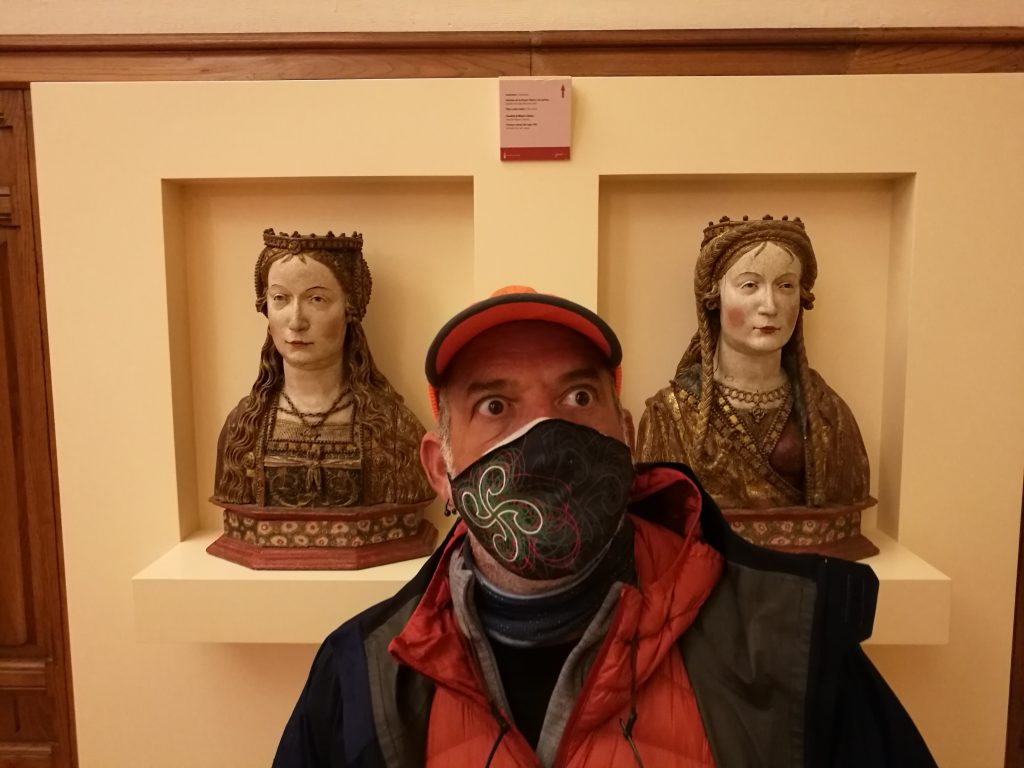
The museums were great, but Juan felt cold and could not shake the feeling off. Our pants got wet in heavy rain and did not dry well in large stone buildings. We started having doubts about our rain gear. Can our Gore-Tex jackets resist even more water? Do we need to buy rain pants? Our legs would get very sweaty, but is that better than feeling cold? We didn’t know the answers. “Sooo… what now?” All hiking stores were already closed and opened at 10 am the following day. 10 is too late to start walking a long uphill stage. We would have to stay one more day in Astorga. At 8 am, they would kick us out of the hostel and we would have to do more sightseeing in rain. No, thanks.
There was only one way to test if our current equipment was good enough. “Let’s just keep walking!”
The evening in Astorga was marked by another demotivating event. I took a small metal box with Ibuprofen pills to the town. I usually eat them like candies when my period comes. For some mysterious reason, I left the candy box outside of a waterproof bag. The content turned into a white mushy substance. For a while I considered drying it and snorting it, but Google strongly discouraged me from doing so. I managed to salvage two quasi-originally-shaped pills and that would be enough to keep me walking. The box was full because we regularly took “Vitamin I” at the end of the day, when our legs hurt even in a resting position. Not so much lately though. We got stronger and more stubborn to finish the Camino sooner (or we’ll just end up walkin’ in the cold November rain).
Once again, the landscape was full of forests. They looked beautiful, but not very healthy. Entire trees were completely covered by green lichens. The lichen looked like a parasite spreading on the bark, until it eats all leaves and sucks the water, causing trees to die.
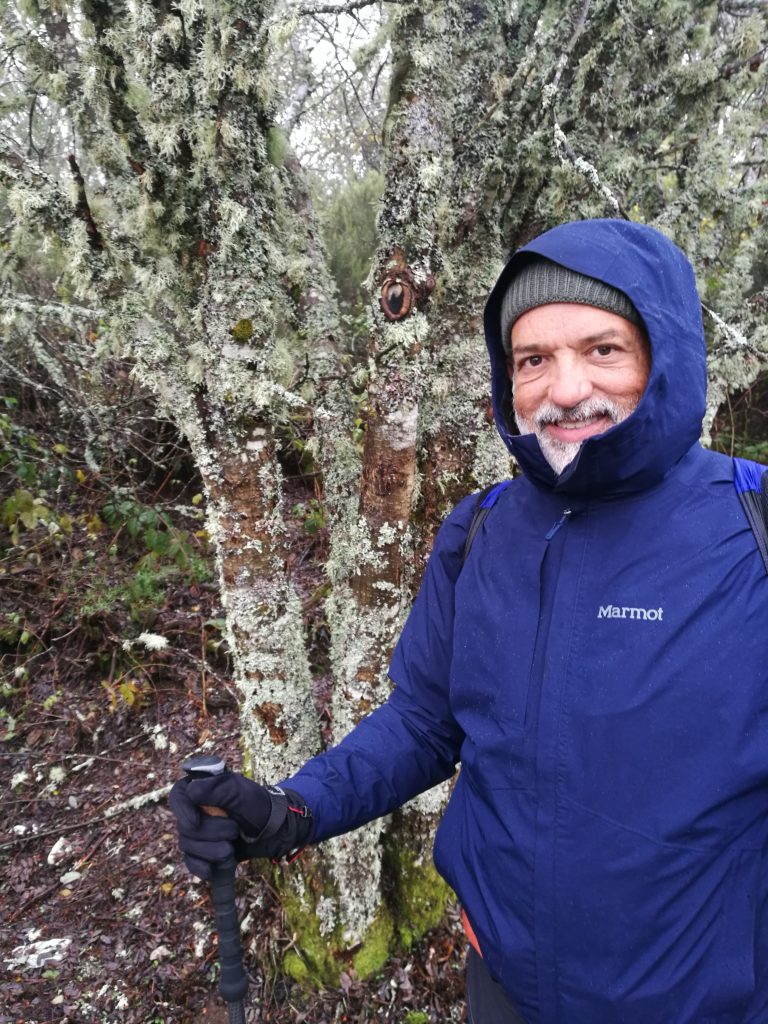
Things are not always what they seem and the most obvious conclusion is not always correct. Knowing a bit more biology, I would soon realize that I switched the cause and effect. The lichens did not cause the trees to die, they started growing on the dead branches. They don’t suck any nutrients from the tree bark, they get nutrients from air and sunlight. They simply choose to grow on dead branches because they receive more sun. So what was really harming the forests?
We sent our luggage ahead by a car, but the walk was not very difficult in the end. We chose to sleep in Foncebadón, the last village before the highest point on the Camino. There wasn’t any albergue, only hotels. Why not, we decided to treat ourselves with a really comfy bed and a private room. Now, imagine the scene: Juan and I are arriving to Foncebadón after a day of ascent. We finally see the hotel in front of us, we are so looking forward to dry ourselves.
As we are approaching, a taxi pulls over. The door opens and the taxigrina Nora gets out. She waves at us, yelling hiiiiiii, completely dry!
There are always people who make you think – why didn’t you choose the obvious easy path? The albergues don’t give any stamps to taxigrinos, but the hotels still do. Nora can proudly show her pilgrim’s passport and impress people with her achievements. Nobody will know the truth.
We had dinner with Nora and Matthias. Some time ago we assumed that people from our pilgrim family were only in contact with each other and the same albergue hosts and waiters. As we just found out, the two people eating dinner with us already broke the rule. Matthias had to go to Paris for a day and he returned to the Camino. Nora sometimes stayed in Airbnbs with locals. Santi stayed with friends in an another village, Rabanal del Camino. Covid might have been in the air that night. Is covid going to stop our Camino?
Your Camino can stop at any moment, even when you’re a very experienced walker.
That night we got a surprising message from our first Camino Papá Antonio, who was two days ahead of us. He was forced to return home because of a herniated disk. It was time to appreciate how far we’ve got. Time to acknowledge that this walk is not easy. Keep strong, stubborn and carry on.
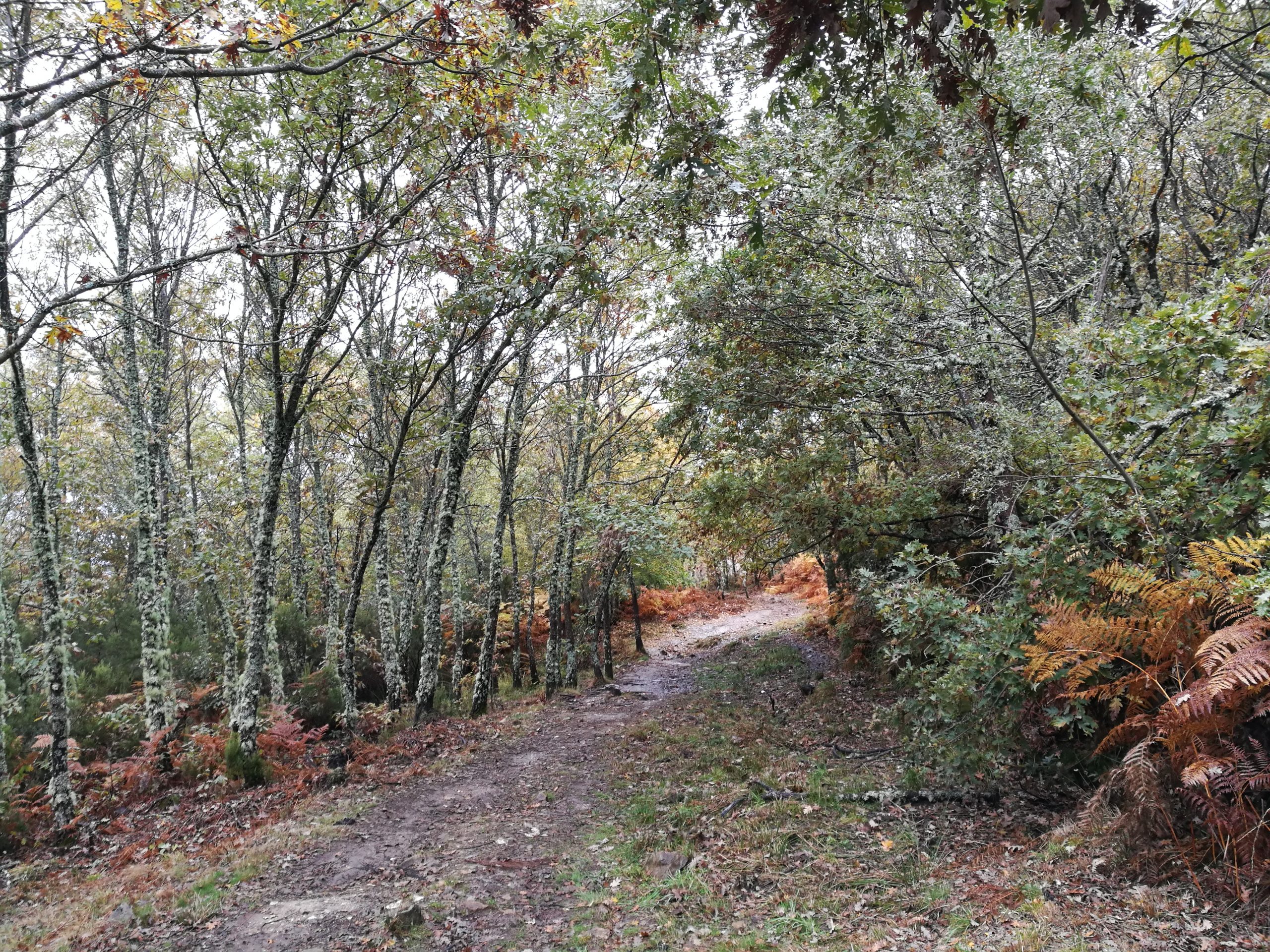
Leave a Reply